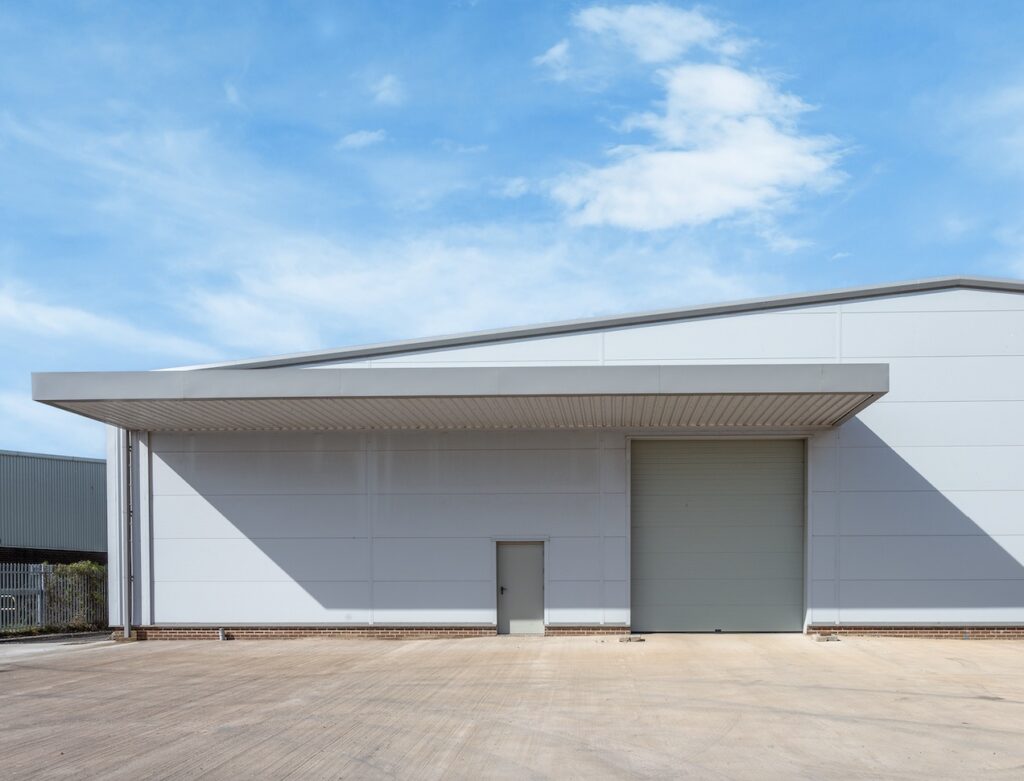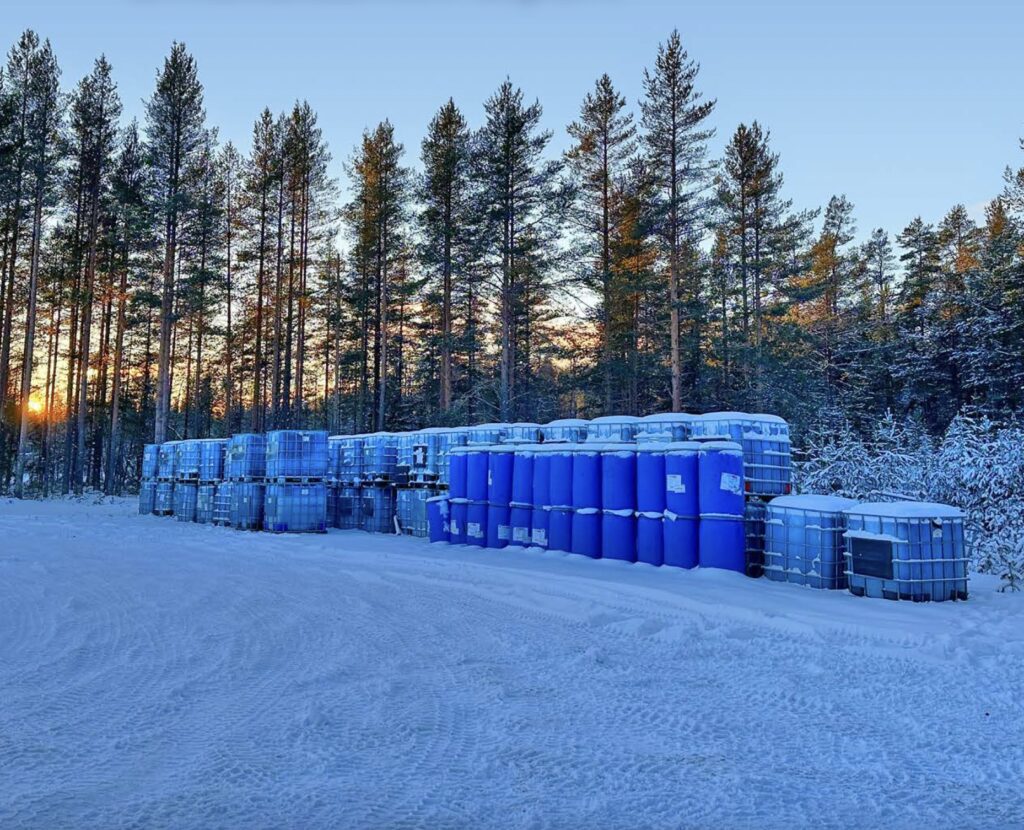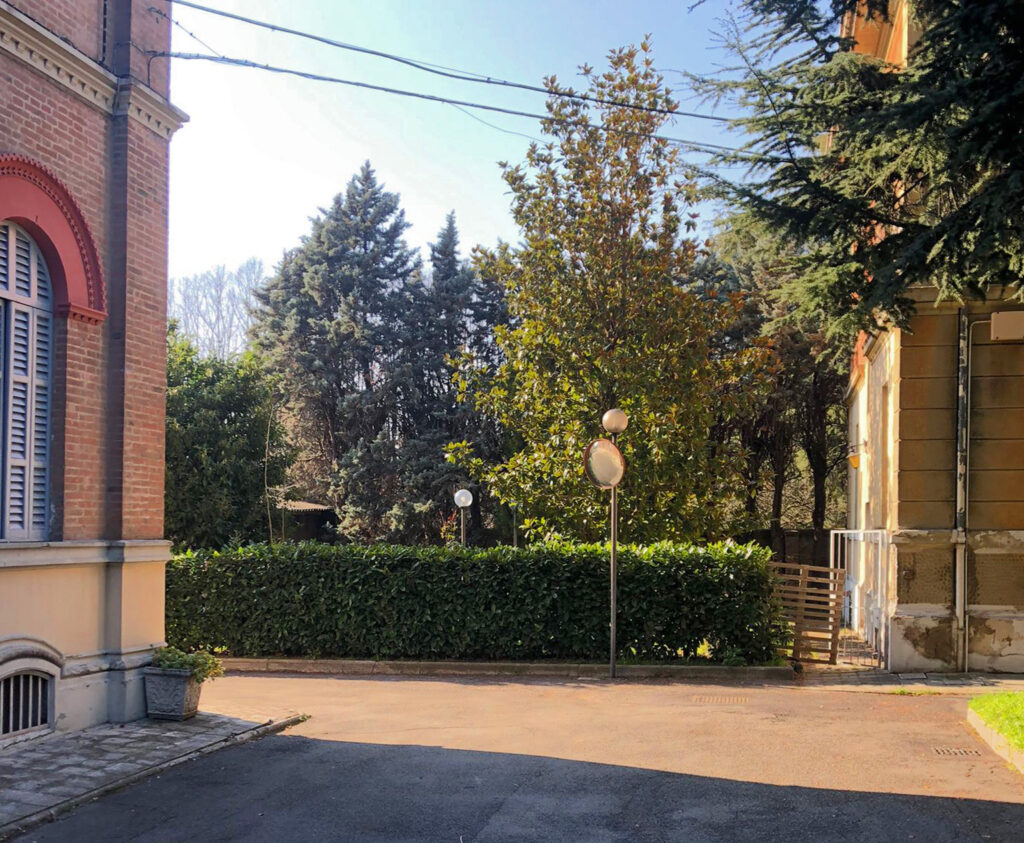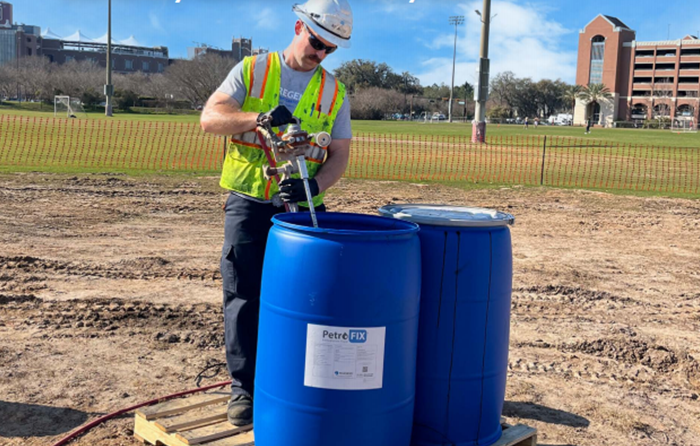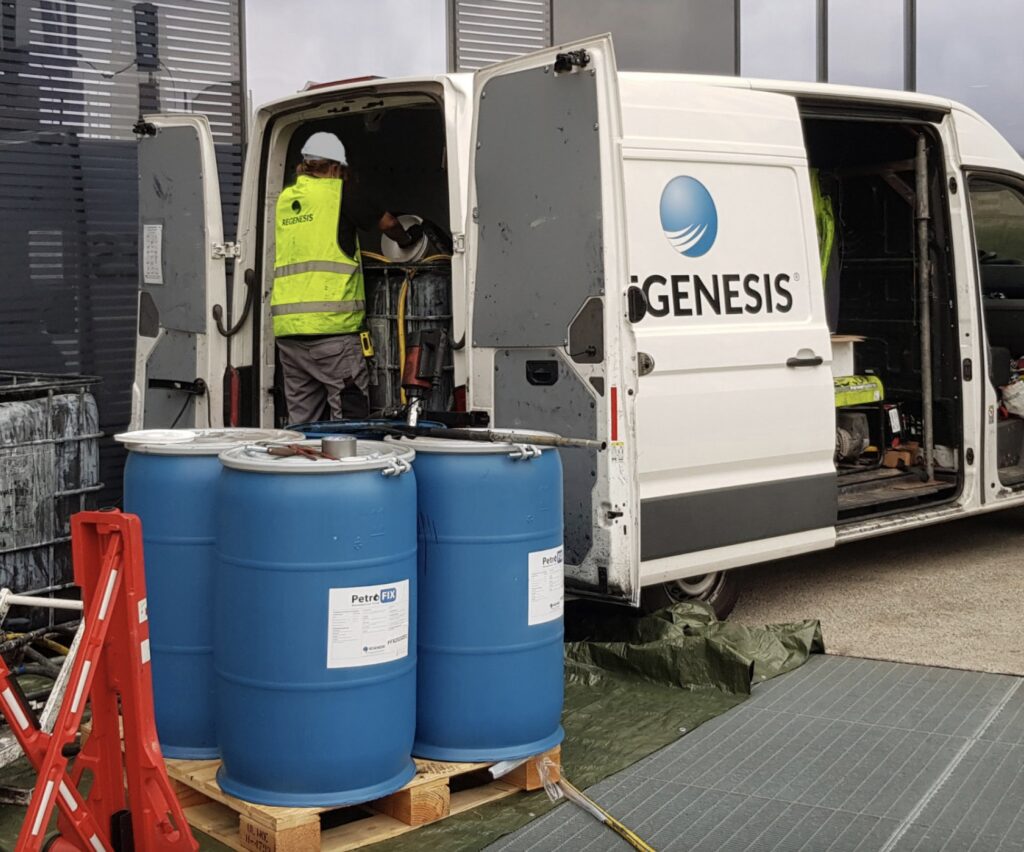PFAS Effectively Remediated at Former Naval Air Station Alameda, USA
Case Study Highlights
- >99% PFAS reductions achieved within treatment zone, within one year of implementation
- Results indicate a near-complete halt of PFAS migration into the estuary
- Site establishes a precedent for easy-to-implement, low-cost, and zero-waste PFAS remediation at military sites
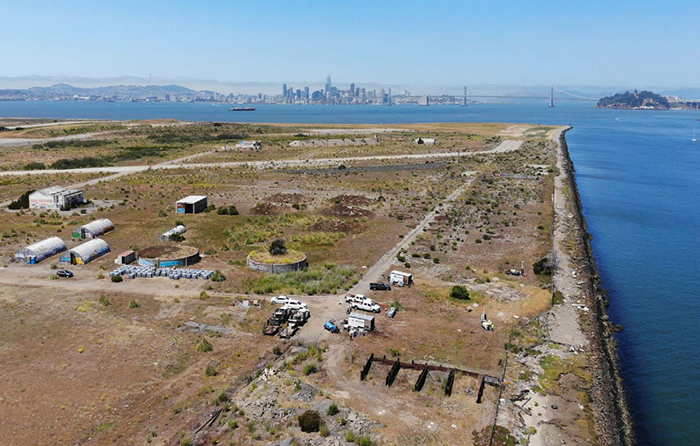
Historical firefighting activities at the former Naval Air Station (NAS) Alameda resulted in high PFAS (per- and polyfluoroalkyl substances) concentrations in the groundwater, threatening the Oakland Inner Harbor. In response, the project team, comprising Bayside Engineering, Construction, Inc. (Bayside), APTIM Federal Services (APTIM), and REGENESIS®, collaboratively implemented a 720-foot in situ permeable reactive barrier (PRB) using PlumeStop® colloidal activated carbon (CAC) technology. This innovative approach created an adsorptive barrier within the polluted aquifer, effectively capturing PFAS and preventing their migration. After one year, the target PFAS compounds were reduced by more than 99% in the treatment zone with significant decreases in the downgradient wells.
SourceStop Reduces PFAS by >99% Below Belgian Factory
Innovative pilot project is first of its kind in Europe
Case Study Highlights
-
PFAS leaches into groundwater beneath source area on industrial facility in West Flanders, Belgium
-
SourceStop Liquid, a colloidal activated carbon (CAC) technology designed for penetrating and permanently coating impacted soils in PFAS source areas, was applied in a proof-of-concept pilot.
-
Over five months of monitoring, total PFAS concentrations in groundwater decreased by more than 99%, demonstrating broad effectiveness in rapidly removing both short- and long-chain PFAS from the dissolved phase.
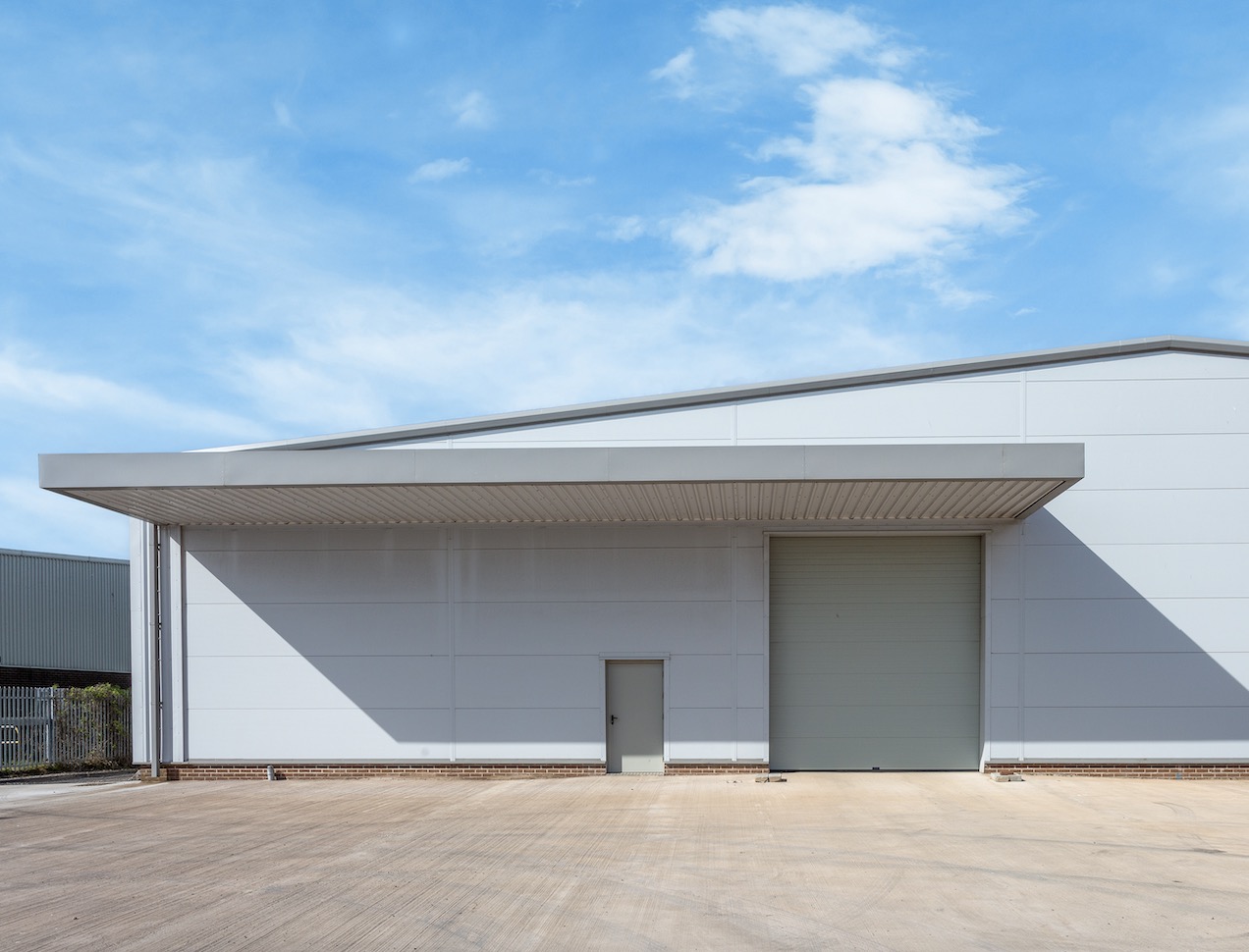
SourceStop® Liquid, a colloidal activated carbon (CAC) technology, was applied as a proof-of-concept pilot to reduce PFAS migration beneath a source area at a West Flanders, Belgium textile manufacturing facility. Over five months of monitoring, total PFAS concentrations in groundwater decreased by more than 99%, demonstrating an effective strategy for eliminating PFAS leaching into groundwater below this and other PFAS source areas. Monitoring will continue and the results and information gathered will enhance the design of the full-scale application, offering a better understanding of the anticipated outcomes and associated costs. The full-scale remediation plan is targeted for completion in the first half of 2025.
Implementing a PlumeStop Barrier for PFAS Plume Control at Örnsköldsvik Airport
This project was coordinated and led by the Geological Survey of Sweden (SGU) and Swedish Geotechnical Institute (SGI) and financed through the Government of Sweden’s Grant no. 1:4 for Remediation and Restoration of Contaminated Sites.
Case Study Highlights
-
A 70m-long PlumeStop® barrier has been successfully installed to prevent further migration of PFAS, as part of a Swedish government-funded study.
-
PFAS concentrations have been reduced by 97% to 99% downgradient of the barrier.
-
This initial-phase application, focused on the highest mass-flux section of the PFAS plume, demonstrates how offsite receptors can be protected using a zero-waste, naturally powered approach to halt PFAS migration.
-
Project delivery by Granitor Miljöteknik, supported by Geokompaniet and REGENESIS.
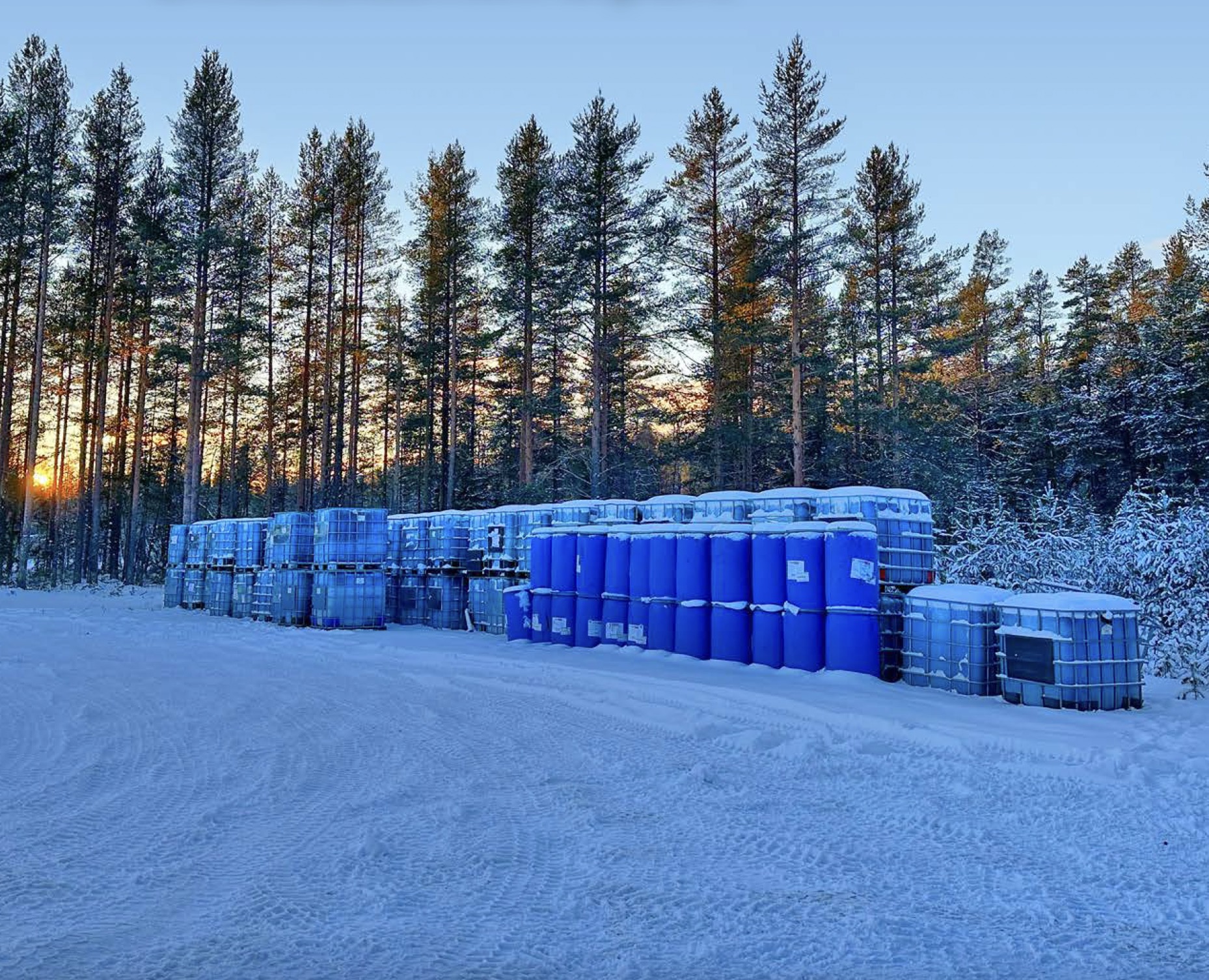
At Örnsköldsvik Airport in northeastern Sweden, significant groundwater PFAS contamination had been observed, primarily originating from a fire training ground where PFAS-containing Aqueous Film-Forming Foam (AFFF) was discharged during firefighting exercises. Groundwater samples revealed high PFAS concentrations ranging from 100,000 to 200,000 ng/L, with perfluorooctane sulfonate (PFOS) making up approximately 75% of the detected PFAS mixture.
Advanced In Situ Barrier Treatment Secures No Further Action
S-MicroZVI and PlumeStop drive multi-year ISCR treatment success, meeting stringent regulatory levels
Case Study Highlights:
-
Successful groundwater treatment for TAUW in a church oratory garden in Italy
-
PCE reduced to below regulatory target without any VC build-up, resulting in No Further Action (NFA)
-
Simultaneous remediation using advanced colloidal technologies enhanced the chemical degradation and sorption processes, optimizing treatment efficacy.
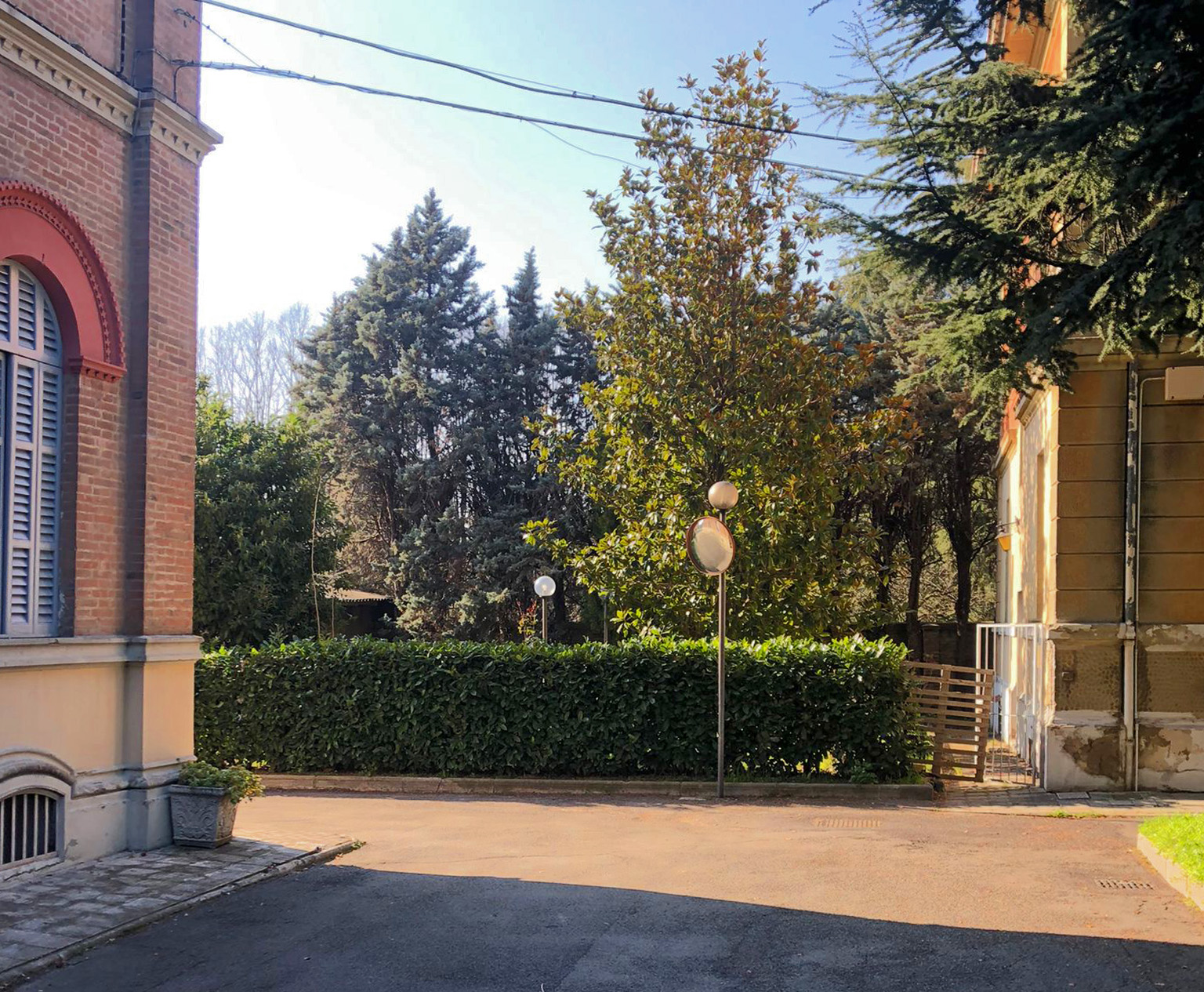
A vacant industrial site in an urban area in Northern Italy, contaminated by total petroleum hydrocarbons (TPH) from underground storage tanks, was effectively remediated using PetroFix colloidal activated carbon technology. The project required substantial and rapid reductions of TPH to allow for planned site redevelopment. Following the application, significant contamination reduction was achieved within months, meeting stringent regulatory standards. These results highlight the utility of PetroFix in complex, urban environments requiring rapid and non-disruptive remediation solutions.
High-Mass Petroleum Hydrocarbons Treated to Achieve Closure
Case Study Highlights:
-
PersulfOx injected into subsurface during 3 treatment rounds, sequenced ±2 months apart
-
Toluene reduced by an average of 94% and below the toluene Site-Specific Target Levels (SSTLs) in all 5 performance monitoring wells
-
Toluene remains below its SSTL following the injection of PersulfOx
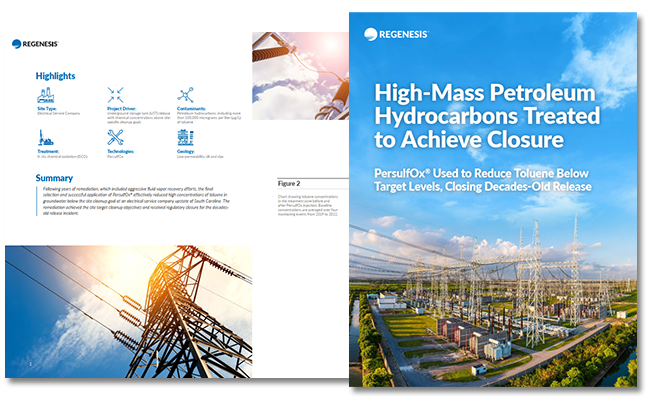
A former US electric service company reported a release during a UST removal completed at the site in 1988. Previous remediation by others included aggressive fluid vapour recovery events completed from 2004 to 2008 and from 2019 to 2020 to address the release, along with groundwater monitoring. Despite these efforts, high concentrations of petroleum hydrocarbons (PHC) remained. Following years of remediation, the final selection and successful application of PersulfOx® effectively reduced high concentrations of toluene in groundwater below the site cleanup goal. The remediation achieved the site target cleanup objectives and received regulatory closure for the decades-old release incident.
Rapid Hydrocarbon Remediation at an Industrial Site in Northern Italy
PetroFix minimizes site disruption, allowing redevelopment to go ahead
A vacant industrial site in an urban area in Northern Italy, contaminated by petroleum hydrocarbons and BTEX from underground storage tanks, was effectively remediated using PetroFix colloidal activated carbon technology.
-
The project required substantial and rapid contaminant reductions to allow for planned site redevelopment.
-
Studio Planeta selected PetroFix® as the most appropriate and least disruptive technology, due to the urban site setting, time-scales for redevelopment and economic factors.
-
Achieved concentrations below stringent regulatory levels within weeks, with reductions observed in both treated and surrounding areas.
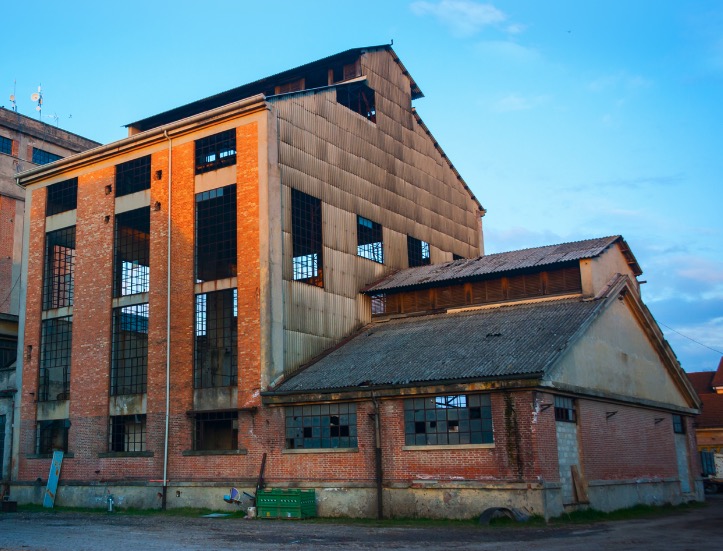
A vacant industrial site in an urban area in Northern Italy, contaminated by total petroleum hydrocarbons (TPH) from underground storage tanks, was effectively remediated using PetroFix colloidal activated carbon technology. The project required substantial and rapid reductions of TPH to allow for planned site redevelopment. Following the application, significant contamination reduction was achieved within months, meeting stringent regulatory standards. These results highlight the utility of PetroFix in complex, urban environments requiring rapid and non-disruptive remediation solutions.
PetroFix Achieves Success at Delaware Service Station
Case Study Highlights:
-
Site closure targets rapidly met through innovative remediation
-
Strategic application of PetroFix® through both grid and barrier injections as well as the direct application of RegenOx® during excavation of highly impacted soils
-
Achieved reductions in benzene, toluene, and EDB to near or below detection limits
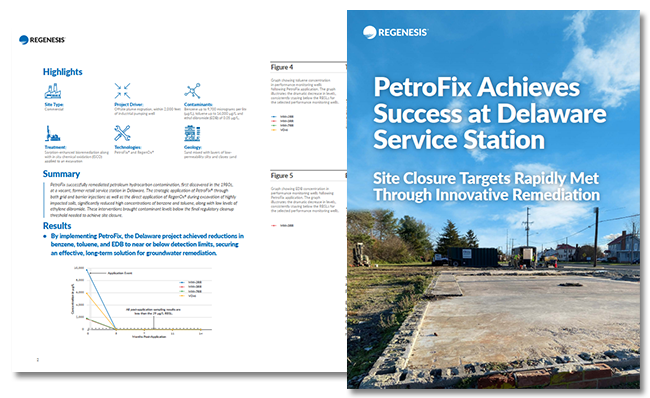
At a vacant, former retail service station in Delaware, the strategic application of PetroFix through both grid and barrier configuration injections, as well as the direct application of RegenOx during excavation of highly impacted soils, significantly reduced high concentrations of benzene and toluene, along with low levels of ethylene dibromide. These interventions brought contaminant levels below the final regulatory cleanup threshold needed to achieve site closure. By implementing PetroFix, the Delaware project achieved reductions in benzene, toluene, and EDB to near or below detection limits, securing an effective, long-term solution for groundwater remediation.
Stringent Site Closure Goals Achieved Using PetroFix
Case Study Highlights:
-
Petroleum impacts effectively remediated at university recreation facility site
-
Project goals met in all treatment areas, within budget and time constraints
-
Low-impact, single injection event minimized disturbance to athletic fields
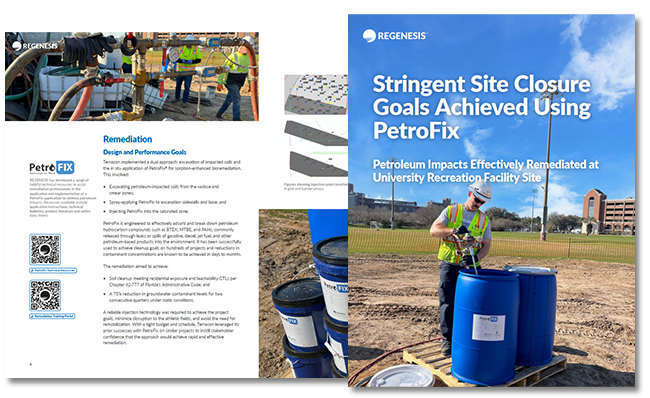
Terracon, a leading US environmental engineering and consulting firm, completed the remediation of a university recreational facility in Florida impacted by historic petroleum hydrocarbon (PHC) contamination. Under stringent contractual timelines and performance benchmarks set by the Florida Department of Environmental Protection (FDEP), Terracon excavated PHC-impacted soils and applied PetroFix® in situ to address residual contamination in the saturated zone. The injection area needed to be restored to its original condition to accommodate upcoming seasonal use. A reliable injection technology was required to achieve the project goals, minimize disruption to the athletic fields, and avoid the need for remobilization. This comprehensive approach successfully met FDEP’s cleanup goals for soil and groundwater where the amendment was applied in the treatment area.
Rapid Elimination of Chlorinated Solvents
Case Study Highlights:
-
Combined approach using 3 REGENESIS remediation products resulted in >99% reduction in CVOC concentrations
-
90% reduction goal achieved within 4 months post-application
-
Ongoing monitoring indicates the continued effectiveness of the treatment, with additional reductions expected in the following months

In Southern California, a retail facility with an active food service tenant faced significant groundwater contamination from chlorinated solvents, primarily tetrachloroethylene (PCE) and trichloroethylene (TCE), resulting from a historical release at a former dry cleaners on-site, which also impacted adjacent properties. Despite previous remediation efforts, high contaminant concentrations persisted, feeding a contaminant plume. Using 3-D Microemulsion® (3DME), our sulfidated micron-Scale ZVI : S-MicroZVI® , and Bio Dechlor Inoculum Plus® (BDI Plus), the site achieved a greater than 99% reduction in CVOC concentrations and halted plume migration through biologically enhanced reductive dechlorination (ERD) and in situ chemical reduction (ISCR), meeting the site’s performance goals.
PetroFix Eliminates Hydrocarbon Plume Migration
Permeable reactive barrier installed in underground car park in Northern Italy
This case study explains the installation of a PetroFix permeable reactive barrier below a new office building in Northern Italy.
-
The barrier has stopped the offsite migration of a petroleum hydrocarbon plume onto a public road and archeological site.
-
The in situ remediation has met the stringent cleanup target, positioning the site for regulatory closure, despite the challenges posed by the restricted access onsite.
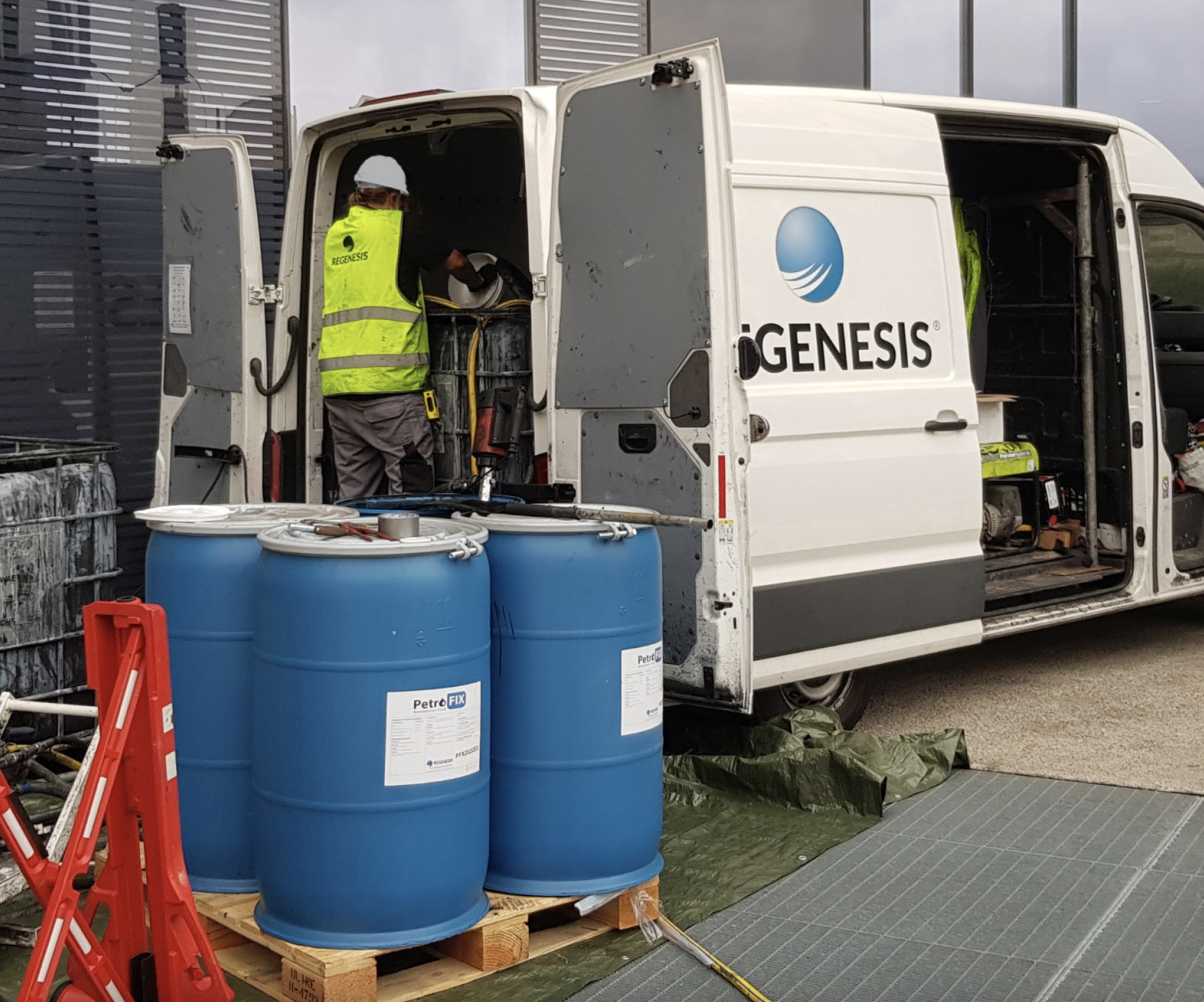

 Americas
Americas Europe
Europe Français
Français Deutsch
Deutsch Italiano
Italiano Español
Español